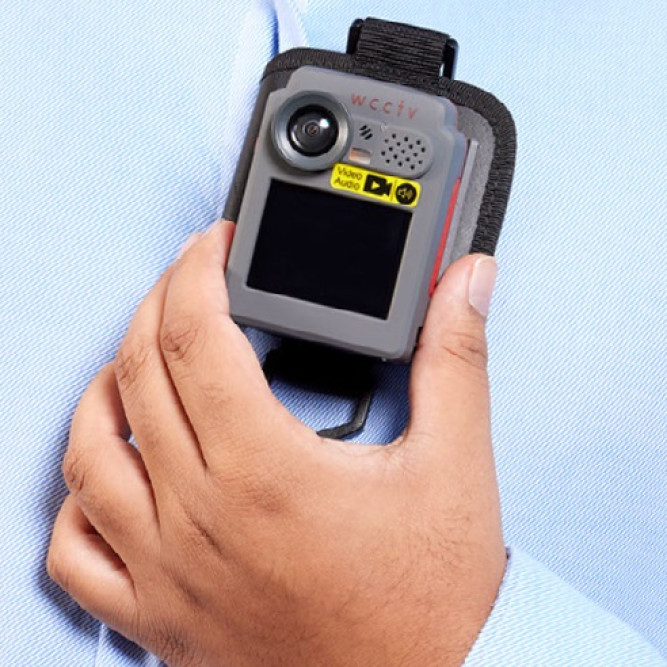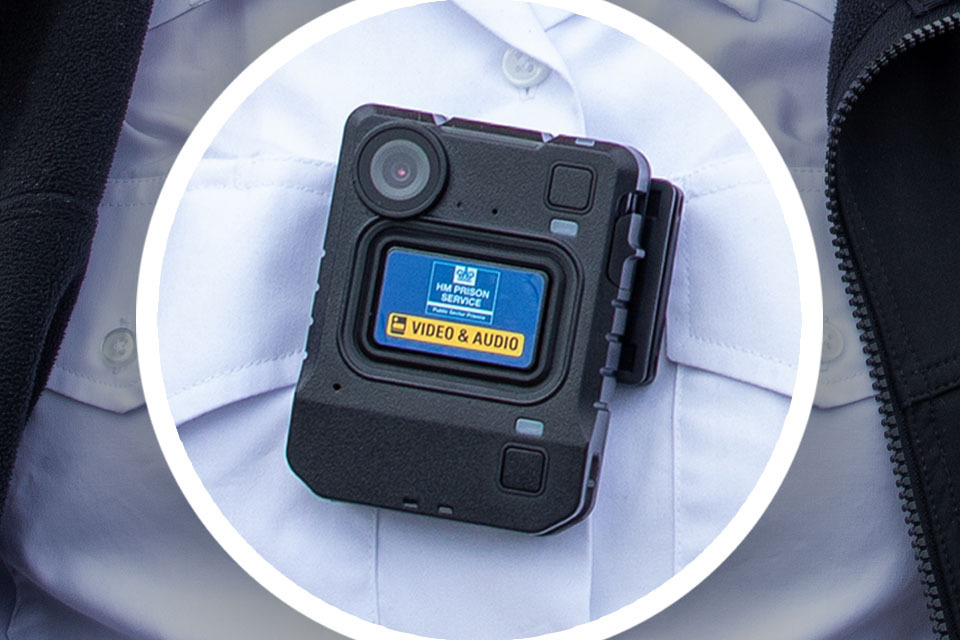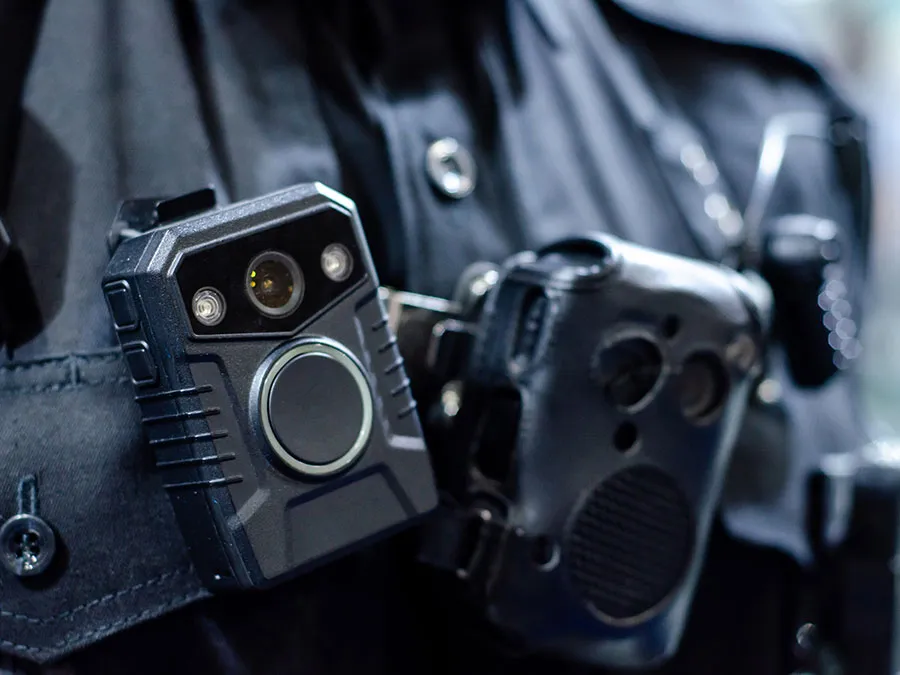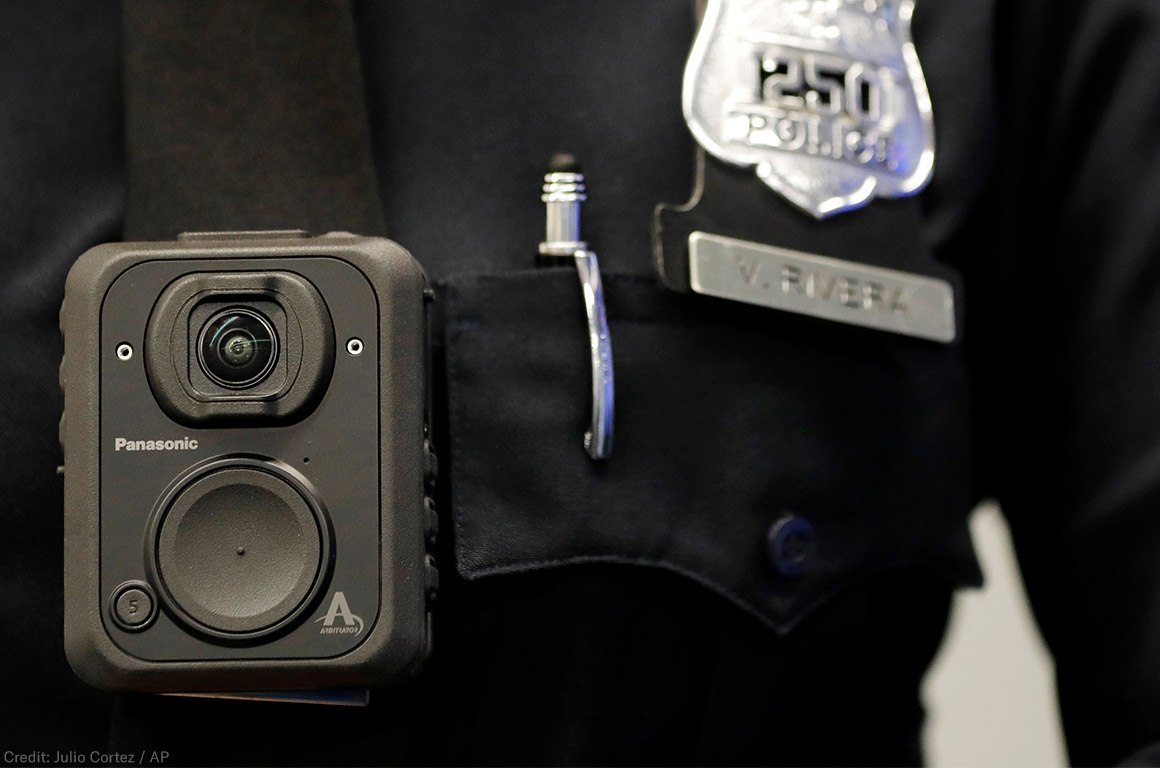In recent years, body cameras have become a standard component of police uniforms across the globe. These small, police-worn devices aim to document interactions between officers and the public, providing a transparent, objective account of events. Nonetheless, the effect of such technology extends beyond mere record-keeping. This essay explores the nuanced impact body cameras have on enhancing public trust and overall safety, their role in law enforcement transparency and accountability, and the limitations and challenges accompanying their implementation.
Enhancing Transparency and Accountability
Building Public Confidence
The introduction of body cameras has played a pivotal role in bridging the trust gap between law enforcement agencies and communities. By recording encounters, body cameras offer a straightforward, unaltered account of events, which is invaluable in disputable situations. This transparency is critical in building public confidence, as citizens feel more secure knowing that their interactions are documented. When the public believes that police actions are monitored and subject to review, it fosters a sense of fairness and accountability, which is fundamental to public trust.
Improving Officer Behavior
Body cameras also have a ‘civilizing effect’ on both police officers and the citizens they interact with. Officers aware they are being filmed are more likely to adhere to protocols and treat individuals with respect, reducing instances of misconduct. Similarly, citizens are often more cooperative and less aggressive when they know their actions are recorded. This mutual awareness can de-escalate potentially volatile situations, leading to safer outcomes for all involved parties. Studies have shown a significant reduction in complaints against officers and instances of use of force following the adoption of body cameras, highlighting their role in promoting professionalism and restraint in policing.

Limitations and Challenges
Privacy Concerns
While body cameras contribute to transparency and accountability, they raise significant privacy issues. Recording interactions without consent, especially in private settings, can infringe on individual privacy rights. The challenge lies in balancing the need for public documentation with respect for personal privacy. Law enforcement agencies must navigate these waters carefully, establishing clear policies regarding when and where cameras should be active and how footage is stored, accessed, and eventually deleted to protect privacy.
Technical and Financial Hurdles
The effective implementation of body cameras is not without its technical and financial obstacles. High-quality body cameras come at a significant cost, not only in terms of the initial purchase but also regarding storage and management of the vast amounts of data generated. Additionally, cameras can malfunction, and footage may be inadvertently or deliberately not recorded, leading to gaps in evidence that can undermine the benefits of the technology. Ensuring officers receive proper training on the use and limitations of body cameras is crucial to mitigating these challenges.

Impact on Public Safety
Deterrence of Criminal Behavior
The presence of body cameras can deter criminal behavior among the public. When individuals know that their actions are being recorded, they may be less inclined to commit crimes or escalate situations, which can lead to safer communities. This deterrent effect, combined with the increased accountability and professionalism among officers, contributes to an overall reduction in crime rates and violent encounters, enhancing public safety.
Evidentiary Value in Legal Proceedings
Body camera footage provides concrete evidence that can be pivotal in legal proceedings, ensuring that justice is served fairly. The objective nature of the footage can help corroborate testimonies and clarify disputed events, making it a powerful tool in both convicting the guilty and exonerating the innocent. This evidentiary value is crucial in delivering justice, further strengthening public trust in the legal system and law enforcement agencies.

The Role of Policy in Body Camera Effectiveness
Establishing Clear Guidelines for Use
The success of body cameras in promoting public trust and safety highly depends on the existence of clear, well-defined policies. Law enforcement agencies need to establish when officers should activate their cameras and how to handle sensitive situations to balance transparency with privacy concerns. Policies must outline the consequences for officers who fail to adhere to body camera protocol, ensuring compliance and consistency in their use. Guidelines also need to address data retention and public access, setting transparent procedures that uphold legal standards and the public’s right to information.
Engaging Community Input
Policies governing body camera use should not be created in a vacuum; they require input from the communities they serve. Public forums and consultations can provide valuable insights into the expectations and concerns of community members. By involving the public in the conversation, law enforcement agencies can tailor their body camera policies to reflect communal values and priorities. This level of community engagement reinforces the notion that the cameras serve the public interest and are not merely surveillance tools for policing purposes.

Training and Education: Keys to Effective Implementation
Preparing Officers for New Responsibilities
For body cameras to be an effective tool in enhancing public trust, officers must receive comprehensive training. This training should cover not only the technical aspects of operating the cameras but also the policy implications and changes in procedural conduct. Education programs should emphasize the importance of transparency and advocate for the use of body camera footage to improve policing practices. Furthermore, regular refresher sessions are necessary to keep officers up-to-date with evolving technologies and policies, ensuring the long-term success of the body camera program.
Educating the Public on Body Camera Impact
In addition to officer training, educating the public on the purpose and function of body cameras is crucial. A well-informed citizenry is more likely to appreciate the benefits and limitations of body cameras. This facilitates cooperation and reduces potential conflicts. Public education campaigns can demystify the devices. These campaigns can explain the role of body cameras in protecting law enforcement officers and citizens. When the public understands that body cameras serve their interests, they can become more supportive of their use. This support reinforces the positive impact on trust and safety.

A Tool for Change, but Not a Panacea
The introduction of body cameras represents a significant step forward in transparent, accountable policing. This directly impacts public trust and safety. Body cameras document police-public interactions. These devices have the potential to build stronger community relations. They can also deter crime. Additionally, they provide invaluable evidence in legal contexts. However, it is crucial to recognize and address the limitations and challenges that accompany their use. Challenges include privacy concerns and logistical hurdles. Addressing these issues is essential to maximize the benefits of these technologies. Ultimately, while body cameras are a powerful tool for change, they are not a cure-all. Their effective implementation, coupled with broader systemic reforms, is essential in harnessing their full potential to enhance public trust and safety.
